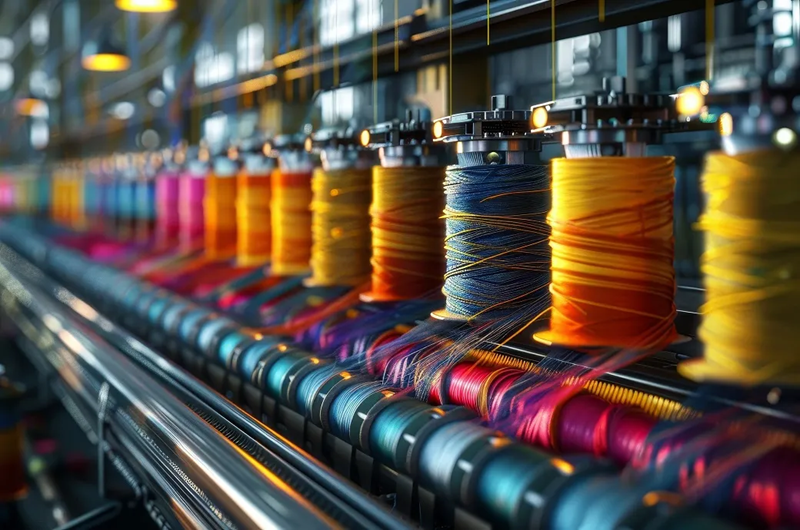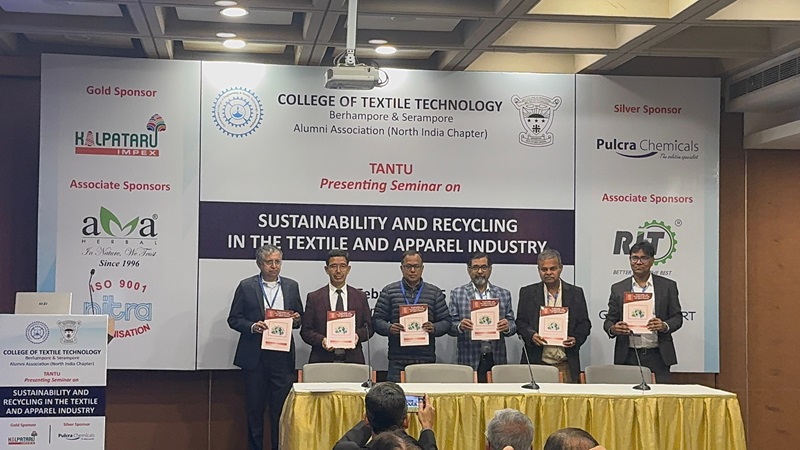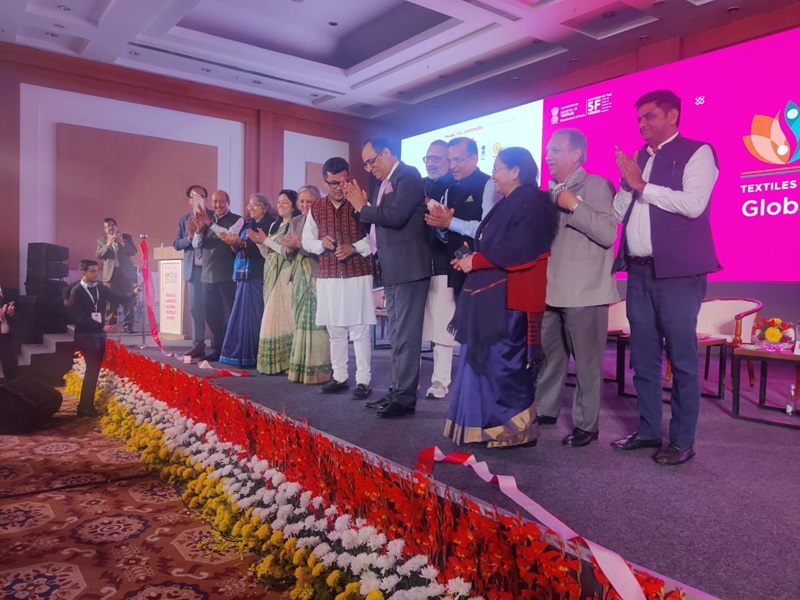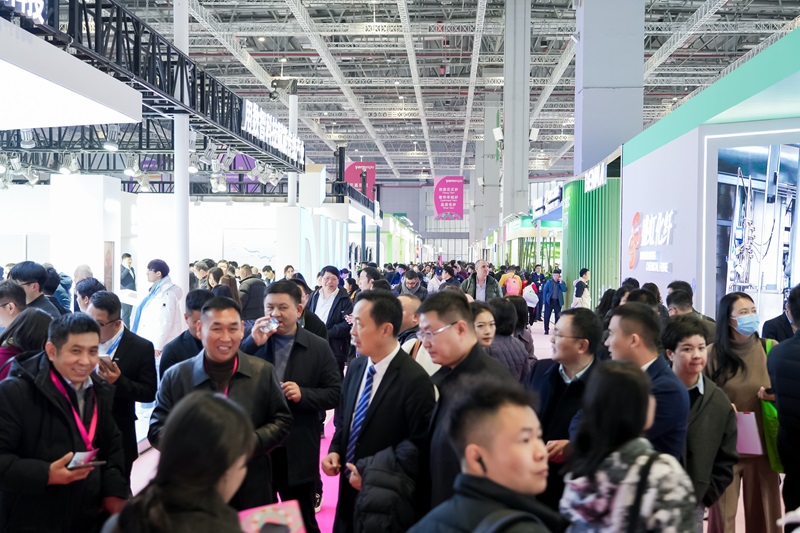
In today's consumer-driven world, the textile industry stands as a paradoxical cornerstone of the economy. While clothing and fabrics adorn millions, their production and disposal leave an indelible mark on our planet. Annually, a almost 92 million tonnes of textiles find their way into landfills or incinerators worldwide, revealing a looming environmental catastrophe. This crisis is not just about sheer volume but also the harmful chemicals leached into our ecosystems, perpetuating environmental degradation.
The scale of the problem
According to recent data from the World Economic Forum, North America, Europe, Asia Pacific, and the rest of the world collectively generate monumental amounts of textile waste. Despite the potential for recycling nearly all clothing and textiles, global recycling rates remain dishearteningly low, varying significantly across different regions.
Table: Global textile waste regionwise
|
Region |
Estimated textile waste generation (mn tons) |
|
North America |
13.1 |
|
Europe |
11.3 |
|
Asia Pacific |
40 |
|
Rest of the World |
27.6 |
(Source: World Economic Forum, 2023)
Technological advancements driving change
Mechanical recycling: Traditionally, this method involves shredding and respinning fibers to create new yarns. While effective for natural fibers like cotton and wool, it often results in lower-quality fibers suitable for applications such as furniture stuffing and insulation.
Chemical recycling: Emerging as a frontrunner, chemical recycling employs solvents or enzymes to break down textiles into their original building blocks, enabling the creation of high-quality fibers akin to virgin materials. Companies like Worn Again and Evrnu are pioneering this approach, aiming for a closed-loop system that drastically reduces water and energy consumption compared to traditional production methods.
AI-Powered sorting: Essential for efficient recycling, AI technologies are automating the labor-intensive task of sorting textiles by fiber type and color. Innovations by companies like Rester are improving accuracy and scalability, though challenges persist in handling complex blends and heavily soiled fabrics.
Limitations and challenges
Despite technological progress, recycled fibers often face limitations such as reduced strength, color vibrancy, and performance characteristics compared to their virgin counterparts. Factors like polymer degradation in chemical recycling and difficulties in achieving consistent quality for certain materials underscore the ongoing need for research and development.
Table: Limitations of recycled fibers
|
Technology |
Fiber Type |
Limitations |
|
Mechanical |
Cotton |
Reduced fiber length, strength, and dyeing potential |
|
Mechanical |
Wool |
Reduced fiber length and potential for felting |
|
Chemical |
Polyester |
Potential for polymer degradation with repeated recycling |
|
Chemical |
Nylon |
Challenges in achieving consistent quality and color |
(Source: Textile Exchange, 2023)
Overcoming hurdles to a circular economy
One of the most significant obstacles is contamination: textiles are frequently blended with non-recyclable components like zippers and dyes, complicating the recycling process. Moreover, the lack of dedicated recycling facilities and widespread consumer awareness further hinders progress towards a truly circular textile economy.
The promising future of textile recycling
Despite these challenges, the textile recycling market is poised for substantial growth, projected to reach $13.7 billion by 2026. This exponential rise reflects a growing commitment from brands, consumers, and governments to embrace sustainable practices and reduce environmental impact.
As we navigate towards a sustainable future, the evolution of textile recycling represents a pivotal opportunity. By harnessing technological innovations, fostering consumer awareness, and enhancing recycling infrastructure, we can transform today's waste into tomorrow's resources. The path to a circular economy requires collaboration and determination from all stakeholders—brands, consumers, governments, and innovators alike—to ensure a thriving and resilient textile industry for generations to come.











